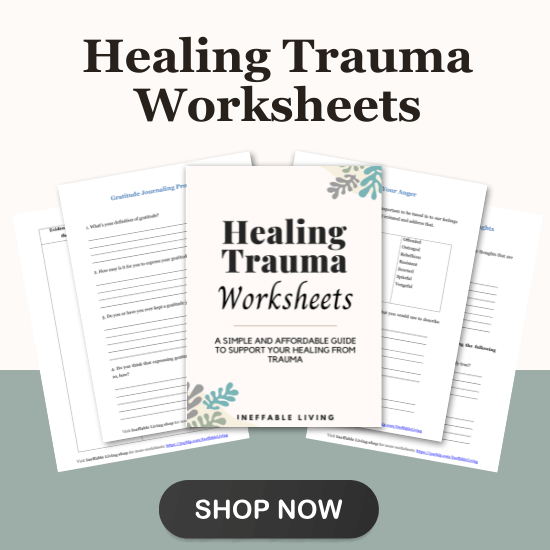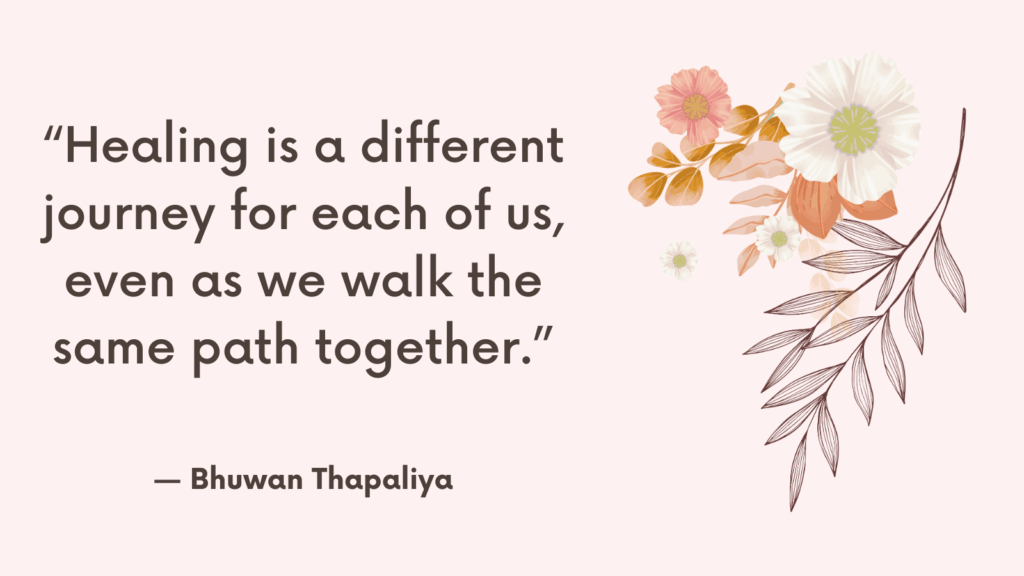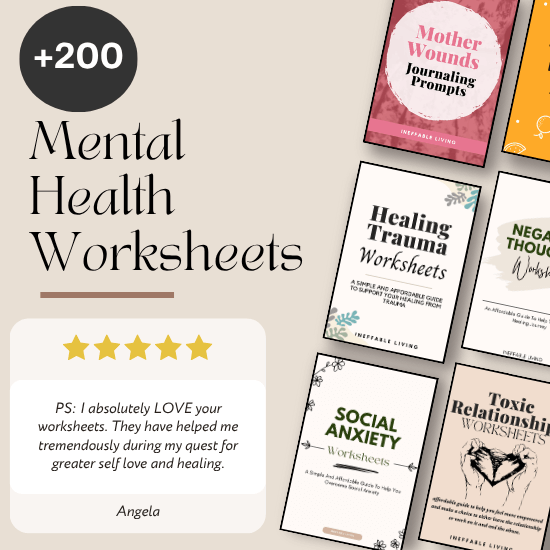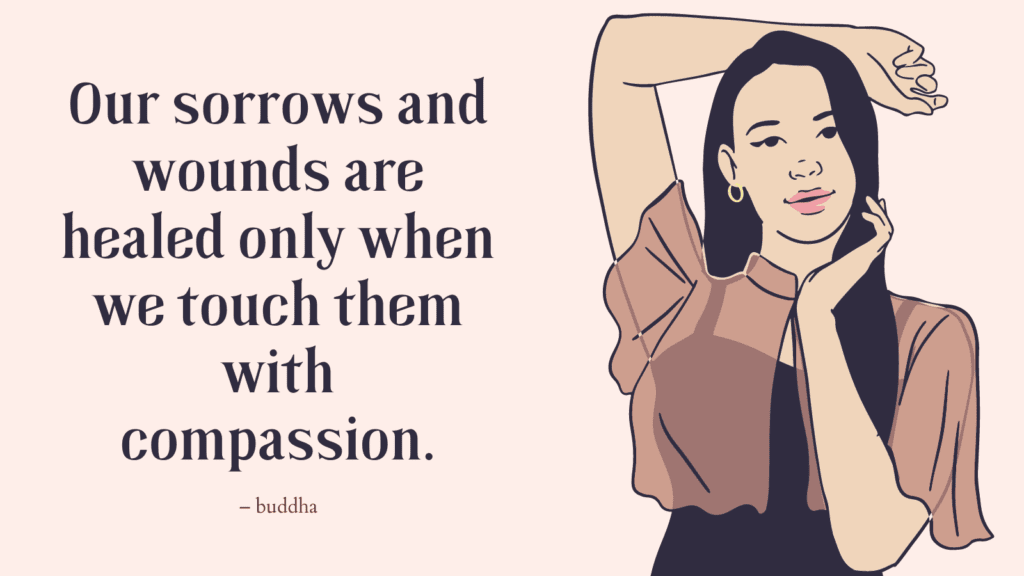When you’ve been through trauma or chronic stress, your nervous system may get stuck in a pattern of survival—fight, flight, or freeze. Even when there’s no immediate danger, your body may still respond as if it’s under threat. Polyvagal Theory gives us a roadmap back to ventral vagal, the state of calm, connection, and safety. This is not about forcing yourself to relax—it’s about sending your nervous system cues that you are safe now.
These polyvagal-informed practices help you gradually shift out of survival mode and back into regulation. The goal is not to stay calm at all times, but to build the capacity to come back to safety when needed.
Safety Isn’t Just a Feeling—It’s a State in Your Nervous System
Sometimes, your body doesn’t know the threat has passed. It stays ready for attack or shutdown, even when you’re home, at rest, or with people who love you. You might feel jumpy, distant, numb, or exhausted—and no amount of logical thinking can pull you out of it.
That’s because nervous system dysregulation isn’t about logic. It’s about survival. And healing doesn’t start with thinking. It starts with helping your nervous system return to felt safety.
Polyvagal Theory offers a map: when you know how your body responds to stress, you can begin to use specific tools to guide yourself back to calm, connection, and presence.
Understanding Your Nervous System States
Your autonomic nervous system constantly scans for cues of safety or danger—a process called neuroception. It decides, without your conscious awareness, whether to relax, run, fight, or shut down.
Here are the three main states described by Polyvagal Theory:
Ventral Vagal (Safety & Connection)
- You feel grounded, open, social, present
- Breath is deep and steady
- You can engage with the world with flexibility and curiosity
Sympathetic (Mobilization – Fight or Flight)
- You feel anxious, agitated, angry, or hyperalert
- Heart races, breath shortens, muscles tense
- Your body is trying to protect you through action
Dorsal Vagal (Shutdown & Collapse)
- You feel numb, foggy, hopeless, dissociated
- Low energy, disconnected from self or others
- Your body is conserving energy to survive overwhelm
Each of these states is adaptive—not wrong or bad. But healing happens when you can recognize the state you’re in and gently guide yourself back toward regulation.
Related: Carrying Old Wounds? These Worksheets Help You Start Healing Your Trauma
Signs That You Are Out of Your Safe State
You don’t need a trauma trigger to be dysregulated—life itself can activate your system. Here are some subtle signs:
- You snap at someone, then instantly regret it
- You feel distant in a conversation you care about
- You freeze in moments that need action
- You over-apologize, over-explain, or feel invisible
- You can’t concentrate, or you dissociate mid-task
- You dread basic interactions or feel emotionally numb
The question isn’t “What’s wrong with me?”
It’s “What’s happening in my nervous system right now?”
What Does “Returning to Safety” Mean?
Returning to safety isn’t just about feeling calm. It’s about shifting back into ventral vagal state—where your body feels secure enough to connect, reflect, rest, and respond with flexibility.
This doesn’t mean you ignore or suppress your other states. It means you build the capacity to move between them intentionally.
Think of it like nervous system mobility—not being stuck in fear, shutdown, or hypervigilance.
How to Return to Safety Using Polyvagal-Informed Practices?
1. Recognize What State You’re In
Awareness is the first step toward change. Instead of blaming yourself for how you’re feeling, try noticing your current nervous system state.
Ask yourself:
- Do I feel anxious, angry, or panicky? (Sympathetic: fight/flight)
- Do I feel numb, shut down, or checked out? (Dorsal vagal: freeze)
- Do I feel open, grounded, and connected? (Ventral vagal: safe/social)
Just naming your state can begin to shift it. You stop seeing your response as “crazy” or “wrong,” and start understanding it as your body’s way of protecting you.
2. Use Breath to Regulate, Not Override
Breathing is one of the fastest ways to shift your nervous system—especially slowing down the exhale.
Try this:
- Inhale gently through your nose for 4 counts
- Exhale slowly through your mouth for 6–8 counts
- Repeat for 2–5 minutes
- Keep your face soft and your shoulders relaxed
This helps signal to your body: The threat is over. It’s okay to come down.
Related: Top 10 Signs You’re Stuck In Freeze Response
3. Orient to Your Environment
When your system is on high alert, it needs reassurance that the current moment is safe.
Try this simple orienting practice:
- Look around your space slowly
- Name out loud or silently 5–10 things you see (e.g., “lamp, book, plant, window…”)
- Notice light, colors, shapes, or anything comforting
- Let your eyes soften and your shoulders drop
This reminds your system: I’m here. I’m now. I’m not in danger.
4. Use Self-Touch to Ground and Reconnect
Your hands can act as tools of co-regulation. Gentle self-touch brings awareness back to your body and helps calm the system.
Try one of these techniques:
- Place one hand on your heart, one on your belly. Breathe slowly.
- Cross your arms and squeeze gently like a self-hug.
- Rub your arms or legs slowly in long, comforting strokes.
Let your body feel your own presence. This creates a sense of containment and safety.
Related: What Is Functional Freeze? Top 10 Signs
5. Move Your Body in Gentle, Rhythmic Ways
Stuck energy from fight or flight needs a safe outlet. Movement restores flow and helps shift you toward regulation.
Try this:
- Rock gently side to side while seated or standing
- Sway, stretch, or take a slow walk
- Shake out your hands, arms, or legs
- Use repetitive movements like sweeping, kneading dough, or slow dancing
The key is to move in a way that feels comforting—not forced.
6. Engage in Safe Sound or Vocalization
The vagus nerve is connected to your vocal cords. Using your voice can be a direct way to return to regulation.
Practice:
- Hum softly while placing your hand on your chest
- Sing a gentle song
- Chant a soothing syllable like “om” or “mmm”
- Speak to yourself in a kind, steady tone (“You’re safe now. I’ve got you.”)
Let the vibration of sound help your system settle.
7. Use Co-Regulation When Possible
Human connection is a powerful regulator. When you feel dysregulated, being with someone calm and present can help your system feel safe again.
You can:
- Call or sit with a trusted friend
- Look into the eyes of someone steady and kind
- Breathe alongside someone regulated
- Even imagine a safe person’s voice or presence if no one is around
You don’t have to calm yourself down alone. Sometimes, safety is found in relationship.
Related: How to Heal From the Fear of Being a Burden?
8. Engage the Senses with Comforting Input
Sensory input shapes neuroception—the way your body senses safety or danger. Deliberately offering comforting sensory experiences helps bring the nervous system back to baseline.
Try:
- Wrapping yourself in a weighted blanket
- Drinking warm tea and noticing the smell
- Holding a soft item (pillow, scarf, stuffed animal)
- Lighting a candle or dimming harsh lights
- Listening to soft, slow music or nature sounds
Your body will respond to sensory signals, even before your mind catches up.
9. Create a Safety Ritual You Can Repeat
Consistency helps the nervous system feel secure. Develop a go-to sequence of actions that bring you back to yourself when overwhelmed.
Example ritual:
- Close your eyes
- Place hand on heart
- Take 3 long exhales
- Whisper, “I’m safe. I’m okay.”
- Stretch or sway gently for one minute
- Open your eyes and orient to the room
Over time, this repetition creates an internal anchor you can rely on.
10. Allow Yourself to Come Back Slowly
Coming out of survival states doesn’t happen instantly. You may feel better in moments, then return to old patterns. That’s normal.
Healing is about increasing your capacity to return to safety—not staying regulated at all times. Let each small return be enough. Each pause, breath, and soft gesture matters.
Related: Do I Have Trauma? Top 4 Practical Exercises To Support Your Trauma Healing

Conclusion
You don’t need to force yourself to feel calm—you need to create conditions where calm becomes possible. Polyvagal-informed practices help your body remember what safety feels like. And when you practice them with patience and repetition, your nervous system starts to believe you.
It takes time to unlearn fear. But every time you breathe with care, move with intention, or speak to yourself with kindness, you’re rewriting your body’s story:
“I’m not in danger anymore. I can come home to myself.”



